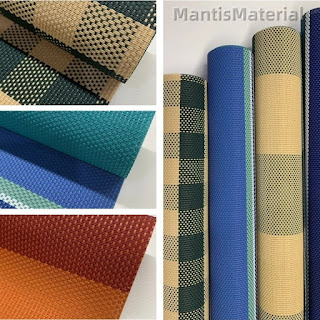Corflute Roll is a lightweight, strong and economical corrugated sheet material made from polypropylene (PP), known for its unique cellular structure and versatility. Originally developed by the Australian company Corflute in the 1980s, the material has become an important material in the global construction, advertising and packaging industries.
Corflute Roll has many outstanding features:Lightweight: weighs only a fraction of traditional building materials, easy to transport and install.Waterproof and moisture-proof: completely impervious to moisture, suitable for outdoor use.Strength: resistant to UV radiation, corrosion, long service life.Flexibility: can be bent into various shapes without tearing.Environmentally friendly: 100% recyclable, meets modern environmental standards.Economical: cost-effective, low installation and maintenance costs.Construction and construction.Temporary fences and partitions.Roof waterproofing barriers.Construction site signs.Concrete pouring form work.Advertising and displays.Outdoor Billboards.Exhibition Boards.Retail Store Advertising Signs.Real Estate Sales Signs.Packaging & Transportation.Product Protection Pads.Logistics Dividers.Fragile Items Packaging.Temporary Shipping Containers.Agriculture & Horticulture.Greenhouse Sun Shades.Plant Protection Screens.Seedbed Dividers.Bird & Insect Barriers.Specifications & Selection Guide.Corflute Roll usually has the following specifications:Thickness: 2mm to 10mm.
Width: Standard 900mm or 1200mm.Length: Customized as required, usually 50 meters/roll.Color: Standard colors such as white, black, blue, and customized printing.Consider the following when selecting:Usage conditions (indoor/outdoor).Required load-bearing capacity.Expected service life.Visual effect requirements.Installation and maintenance tips.Installation recommendations:Use special plastic rivets or cable ties for fastening.Ensure sufficient distance between supports for outdoor use.Edge treatment can prevent cracking.Maintenance methods:Keep clean by washing with clean water regularly.Avoid using strong acid and alkaline detergents.Check whether the fasteners are loose.Market prospects and development trends.With the increasing global demand for lightweight and environmentally friendly building materials, the Corflute roll market is expected to expand further. Innovation areas include:High-strength composite materials.Smart panels with integrated solar technology.Self-cleaning surface treatment technology.Greener bio-based alternatives
With its unique combination of properties and wide range of applications, Corflute has become an indispensable material in modern construction and industry. Whether it is temporary construction solutions, creative advertising displays or environmentally friendly packaging, this versatile material can provide cost-effective solutions. As technology advances, we can expect Corflute to play an even more important role in the future.












